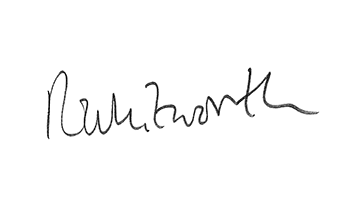It’s fair to say that 2016 was an eventful year – particularly from a political point of view. How will those changes affect the analytical sciences? That’s hard to say (I hope our political leaders will continue to pay at least some attention to what the science community has to say...) But I doubt it will mean a sudden and impressive influx of investment. Science funding will continue to be a battleground. To that end, I’m pleased to announce a new series of articles – “Adventures in Funding” – which we hope may shed some light on how analytical scientists in academia can secure the money needed to advance what I would argue is the most essential arm of science. Gert Desmet kicks us off here, and I think his story represents hope for the field as a whole.
January is always a time for looking back – we cover the “Landmark Literature” of 2016 here – but it’s also a time for looking forward. Analytical science is known for its incremental improvements (which ensures that we move in the right direction), but I’m always excited about the cutting-edge technologies and techniques that often surface over the course of a new year. In case you missed The Analytical Science Innovation Awards in the madness that is December (tas.txp.to/0117/TASIAs), our Top Five technologies are a showcase of advancements that move us forward more rapidly. A microfluidic CE-MS interface, real-time focus tracking for Raman, tandem ionization, a novel ion spray source, and a re-think of how GC systems should be built – they all have the potential to significantly change the way we approach measurement science. But application is everything, so we can also look forward to seeing how such groundbreaking technology will be applied in 2017, which innovations will become the new ‘gold standard’ and which will disappear into obscurity? One thing’s for sure: there is no shortage of analytical challenges, and therefore no shortage of opportunities to make a difference. I personally like Emily Hilder’s vision for the future: highly-sensitive, real-time measurements in situ. Best get your ‘thinking caps’ on. January is also The Analytical Scientist’s birthday. We’re four years old, have 48 issues under our belt – and yet we have more great content in the pipeline than ever before. And so in 2017, we will not be slowing down – quite the opposite, which is why I’m delighted to introduce our new editor: Charlotte Barker. Charlotte will be joining me, Frank van Geel and Joanna Cummings to ensure that The Analytical Scientist can move forward even faster. All the best for the New Year!
Rich Whitworth Editor





